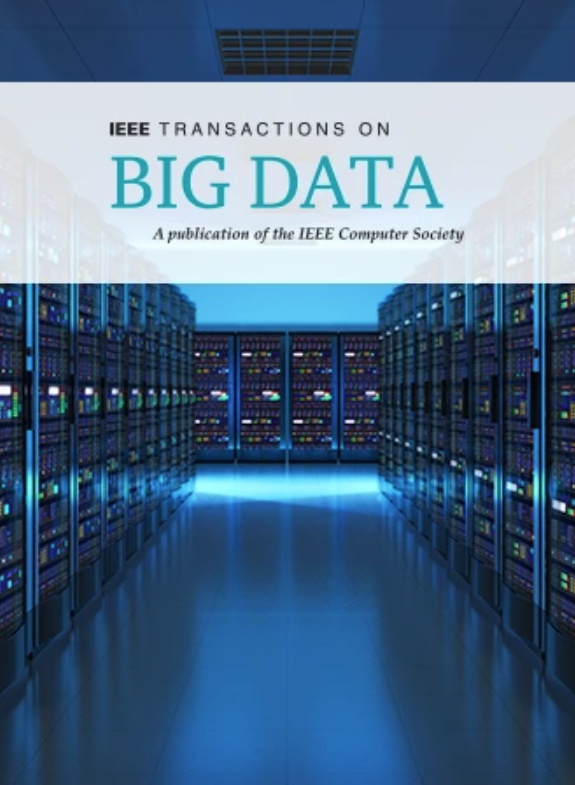Multi-View Few-Shot Reasoning for Emerging Entities in Knowledge Graphs
IF 7.5
3区 计算机科学
Q1 COMPUTER SCIENCE, INFORMATION SYSTEMS
引用次数: 0
Abstract
A knowledge graph (KG) is a form of representing knowledge of the objective world. With the expansion of knowledge, KGs frequently incorporate new entities, which often possess limited associated data, known as few-shot features. Addressing the missing knowledge for these emerging entities is crucial practically, but there are significant challenges due to data scarcity. Previously developed methods based on knowledge graph embedding (KGE) and graph neural networks (GNNs) focusing on instance-level KGs are confronted with challenges of data scarcity and model simplicity, rendering them inapplicable to reasoning tasks in few-shot scenarios. To tackle these issues, we propose a multi-view few-shot KG reasoning method for emerging entities. The primary focus of our method lies in resolving the problem of link prediction for emerging entities with limited associated triples from multiple perspectives. Distinct from previous methods, our approach initially abstracts a concept-view KG from the conventional instance-view KG, enabling the formulation of commonsense rules. Additionally, we employ the aggregation of multi-hop subgraph features to enhance the representation of emerging entities. Furthermore, we introduce a more efficient cross-domain negative sampling strategy and a multi-view triple scoring function based on commonsense rules. Our experimental evaluations highlight the effectiveness of our method in few-shot contexts, demonstrating its robustness and adaptability in both cross-shot and zero-shot scenarios, significantly outperforming existing models in these challenging settings.知识图谱中新兴实体的多视图少镜头推理
知识图谱是客观世界知识的一种表现形式。随着知识的扩展,kg经常包含新的实体,这些实体通常具有有限的相关数据,称为少镜头特征。解决这些新兴实体的缺失知识实际上是至关重要的,但由于数据稀缺,存在重大挑战。以往基于知识图嵌入(KGE)和图神经网络(gnn)的基于实例级知识图嵌入(KGE)的方法面临着数据稀缺性和模型简单性的挑战,使得它们不适用于少镜头场景的推理任务。为了解决这些问题,我们提出了一种针对新兴实体的多视图少镜头KG推理方法。该方法的主要重点在于从多个角度解决具有有限关联三元组的新兴实体的链接预测问题。与以前的方法不同,我们的方法首先从传统的实例视图KG中抽象出一个概念视图KG,从而能够形成常识性规则。此外,我们采用多跳子图特征的聚合来增强新兴实体的表示。此外,我们还引入了一种更有效的跨域负采样策略和基于常识性规则的多视图三重评分函数。我们的实验评估强调了我们的方法在少量射击环境中的有效性,证明了它在交叉射击和零射击场景中的鲁棒性和适应性,在这些具有挑战性的环境中显著优于现有模型。
本文章由计算机程序翻译,如有差异,请以英文原文为准。
求助全文
约1分钟内获得全文
求助全文
来源期刊

IEEE Transactions on Big Data
Multiple-
CiteScore
11.80
自引率
2.80%
发文量
114
期刊介绍:
The IEEE Transactions on Big Data publishes peer-reviewed articles focusing on big data. These articles present innovative research ideas and application results across disciplines, including novel theories, algorithms, and applications. Research areas cover a wide range, such as big data analytics, visualization, curation, management, semantics, infrastructure, standards, performance analysis, intelligence extraction, scientific discovery, security, privacy, and legal issues specific to big data. The journal also prioritizes applications of big data in fields generating massive datasets.
 求助内容:
求助内容: 应助结果提醒方式:
应助结果提醒方式:


